Golden King
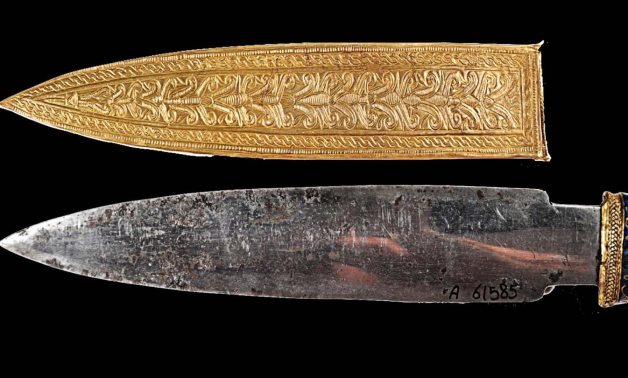
The dagger is made of iron. In the era of Tutankhamun, iron was rarer than gold, so where did iron come from?
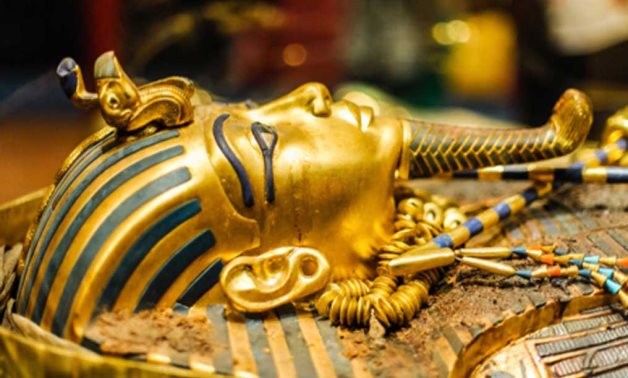
More than 5,000 artifacts belonging to King Tutankhamun will be exhibited on an area of 7,000 meters.
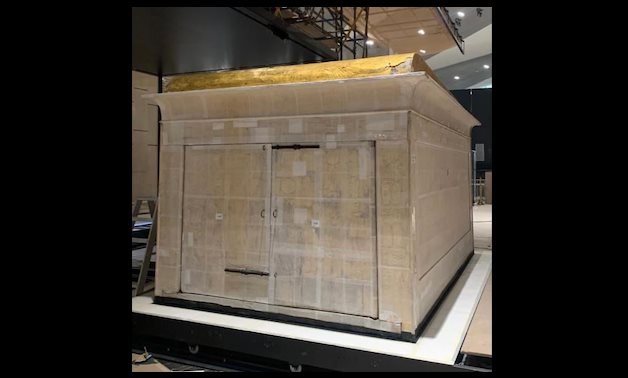
The restorers and archaeologists of the Grand Egyptian Museum completed the work of transferring and re-installing the second cabin of the Golden King, Tutankhamun.
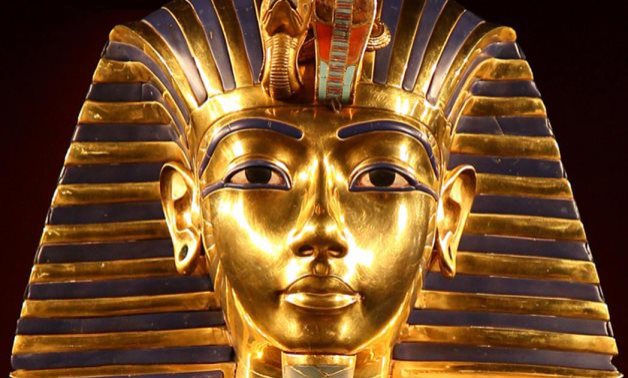
Tutankhamun is the focus of Egyptian antiquities’ researchers, who have tried, since the discovery of his tomb by Howard Carter in 1922, to decipher the mystery surrounding the young king's life and death.
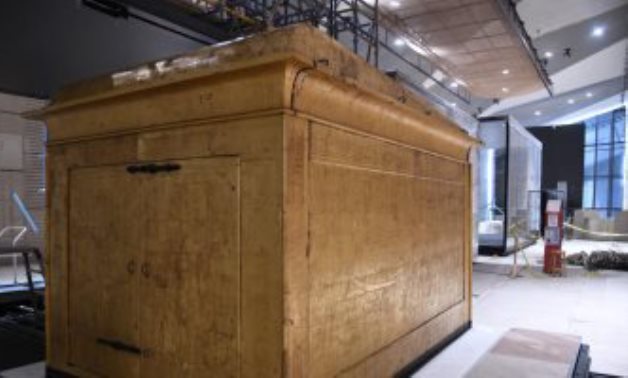
The shrine consists of a ceiling decorated with a winged sun disk and eight birds placed underneath the titles of the king.
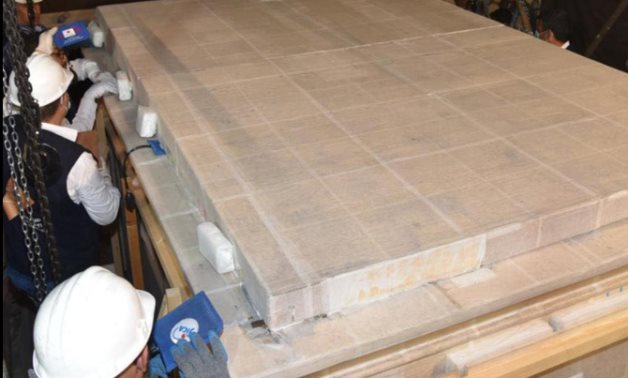
A month after receiving and placing the fourth shrine of King Tutankhamun in its display case in the hall dedicated to the Golden King’s treasures in the Grand Egyptian Museum, the museum received Tutankhamun’s third shrine.
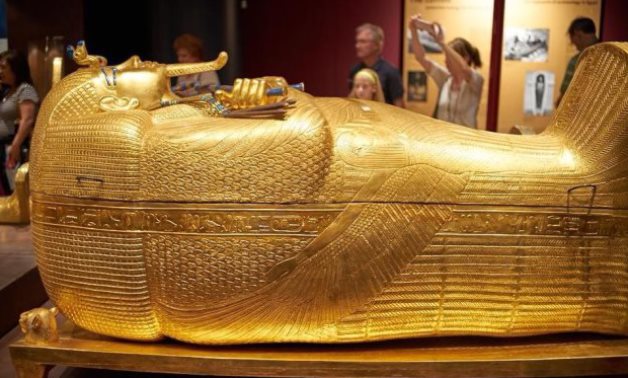
The Grand Egyptian Museum contains a huge amount of artifacts, which exceed 50 thousand pieces.
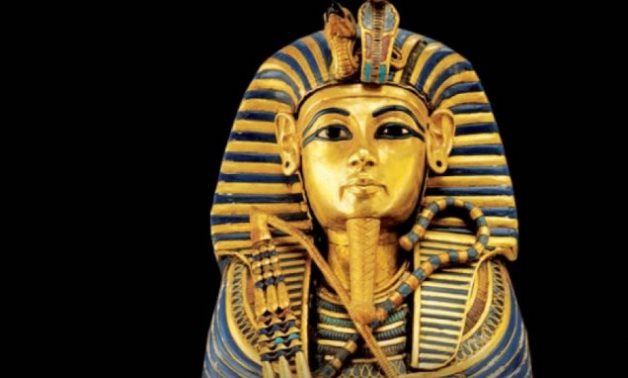
These pieces will be transferred successively, as they do not need restoration.
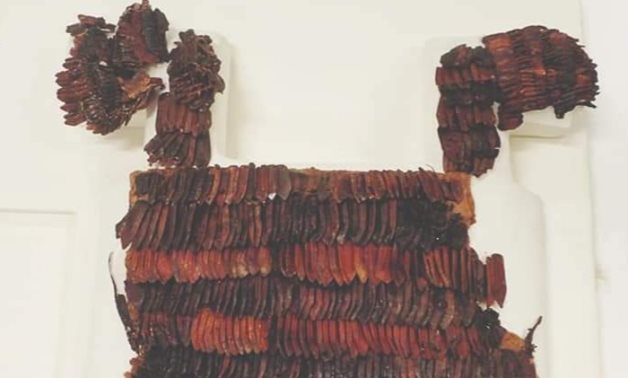
The Grand Egyptian Museum contains a huge amount of artifacts, which exceed 50,000 pieces, among them the entire collection of King Tutankhamun.
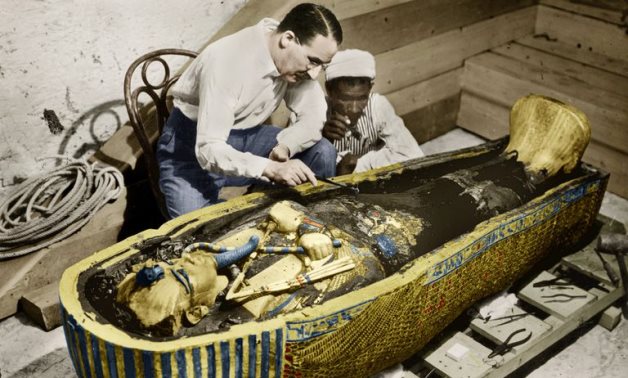
On February 16, 1923, Howard Carter was the first person in more than 3000 years to set foot in the room that contained the ark of Tutankhamun.
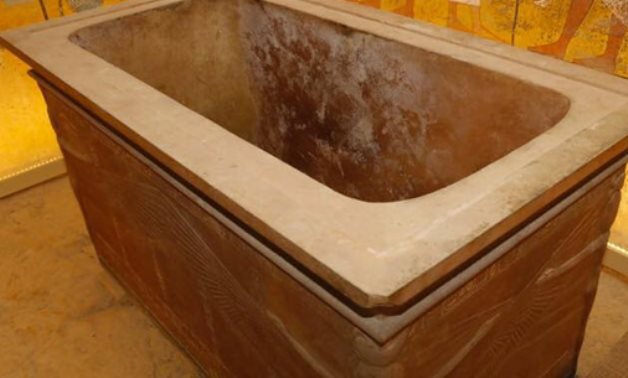
The discount comes in celebration of the 98th anniversary of the discovery of the tomb of the Golden King.
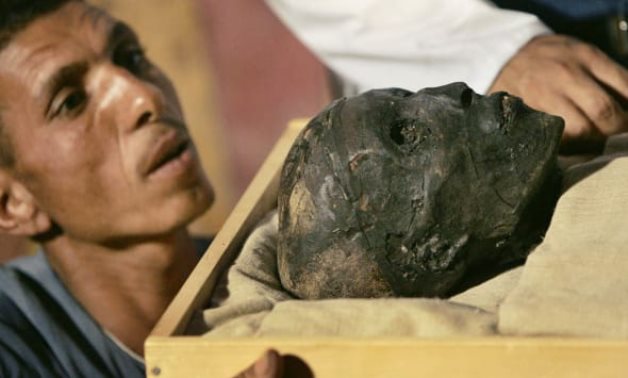
The Grand Egyptian Museum will house over 50,000 artifacts, including all the possessions of the Golden Pharaoh, King Tutankhamun, which will be fully displayed in one place for the first time.
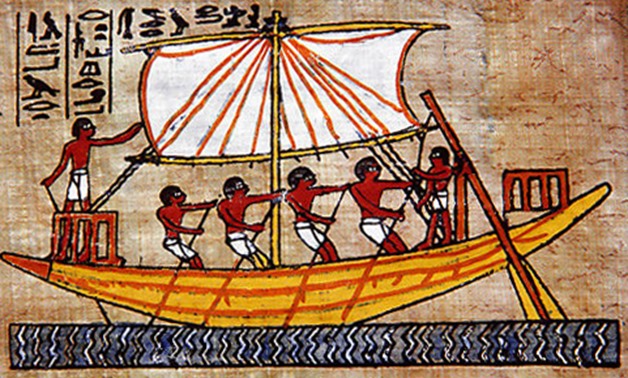
This discovery was announced in a documentary film entitled "Secrets of the Valley of the Kings in Egypt" broadcast on the English Channel 5.
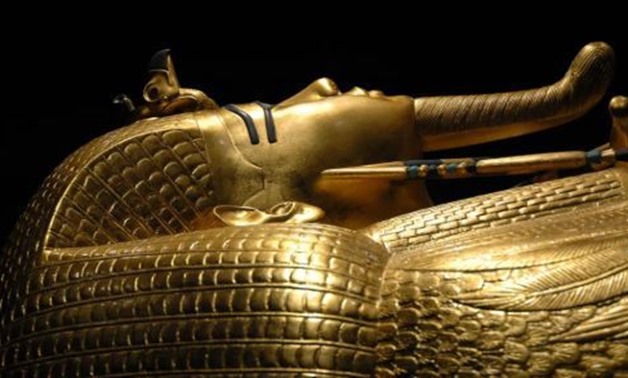
The coffin of King Tutankhamen was transferred from Luxor to the restoration centers of the Grand Egyptian Museum.
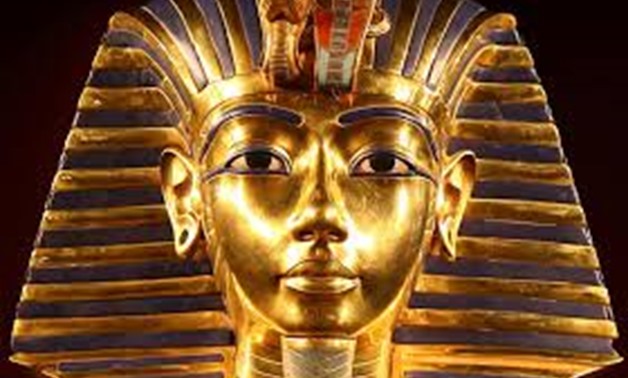
The first restoration works of King Tut’s golden coffin started after it was transferred from the cemetery to the Grand Egyptian Museum.
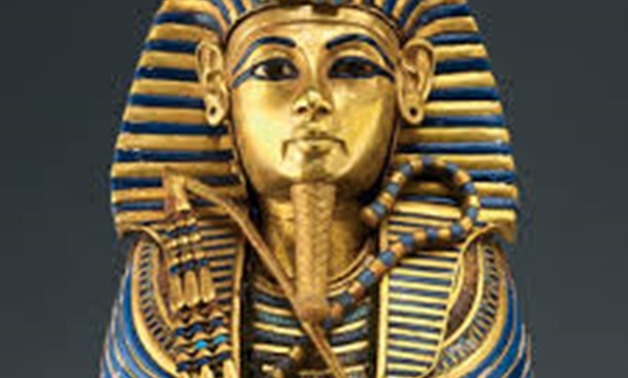
Zahi Hawass denied the information included in the documentary "King Tut: The Forgotten Treasure".